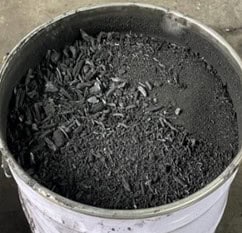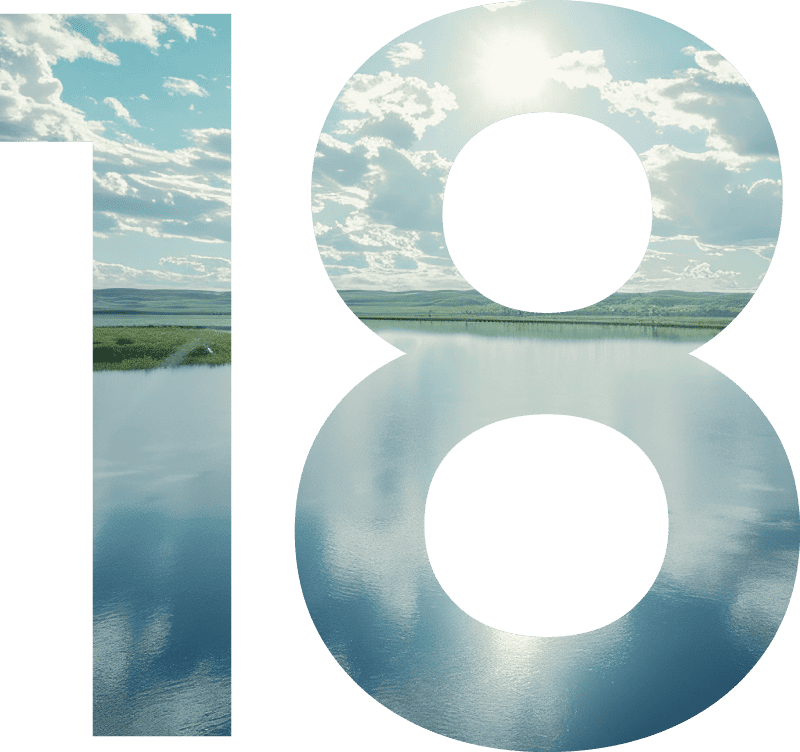
Digital Metering Business Case Refresh
We are excited to announce the launch of IWN’s digital metering business case refresh. At a well-attended online event on 27/03/2025, an updated economic model and business case template was presented to stakeholders from member organisations in Victoria and Tasmania.
In 2021, IWN partnered with Isle utilities to create a digital metering economic model and business case template for its members. Four years on, changes in the digital water metering space necessitated an update to the existing resources to reflect current industry realities.
Consequently, IWN reengaged Isle Utilities to update the items and provide additional supporting materials. Leveraging key learnings from ongoing engagements with stakeholders, the IWN/Isle Utilities collaboration resulted in an updated economic model and enhanced business case, tailored to the needs of IWN members.
Key features of the new model include:
- Increase model from a 25- to a 30-year time horizon
- Add the discount rate to the Monte Carlo analysis
- Provide clearer breakdown of specific costs and benefits by driver
- Inclusion of GHG emissions factors for calculation of emissions reductions within drivers where energy reductions are apparent.
This revamped economic model complements the improved business case which outlines the primary costs and benefits of a digital metering rollout strategy relative to a business as usual (BAU) approach, and documents financial results, non-financial results and risk analysis, consolidating valuable industry learnings for broader utilization. Commenting on the products, a participant in the road test said, “The documentation template and the economic model is very easy to understand and navigate.”
The new template is now in use by East Gippsland Water, Gippsland Water, Wannon Water, Lower Murray Water, Westernport Water and South Gippsland Water.
To get access to the new templates and the instructional webinar, please drop us a line at enquiries@iwn.org.au
Pressure Transients Update
IWN, South East Water and Greater Western Water have been working with SpiralData/Transient Detect and aws to trial their AI/ML software TD.Cloud integrated with an IoT-enabled high-rate sensor TD.Edge – which takes and processes 100 pressure readings per second. The integration of the detection algorithm on the sensor has vastly improved the detection of fast-moving (up to 1000 metres per second) high impact pressure transients. The combination of IoT hardware and AI-driven analytics to deliver near real-time insights into transient pressure behaviour has delivered never before seen results. This, coupled with some powerful data science, has resulted in a method to predict the reduction of asset life due to pressure transients. In one trial location, it was estimated that the customer caused transients could have reduced the asset life by up to 20 years.
This trial underscores the importance of advanced technology (IoT and AI-software) for transient monitoring in water network management. It highlights opportunities for improved infrastructure resilience, reduction of main breaks, avoid unplanned maintenance costs, extend pipe end of life and plan pipe renewal programs with richer, more accurate inputs.
The trial at GWW is now complete. Both SE Water and GWW have agreed to a further pilot of the technology for 12 and 6 months respectively.
The SE Water case study can be found here: https://aws.amazon.com/solutions/case-studies/south-east-water-case-study/?did=cr_card&trk=cr_card
NovoLabs SuperCritical UV Disinfection Trial is LIVE
NovoLabs Supercritical UV technology is the result of years of research by Emeritus Professor Andy Shilton at Massey University in New Zealand and is patented in countries representing over 70% of the worlds GDP.
NovoLabs commercialisation was supported by Massey Ventures and was awarded “Best Spinout” at the 2024 KCA Australasian Research Commercialisation Awards. It has also won a string of technology awards. Since commercialisation NovoLabs Supercritical UV has treated over 1.5 billion litres of liquid across New Zealand.
So, what’s so novel about the NovoLabs technology?
Supercritical flow refers to a flow condition in open channels where the flow velocity is greater than the wave speed in the medium. In supercritical flow, the water moves rapidly and is less influenced by downstream conditions.
The NovoLabs unit consists of a series of parallel flat beds that create a thin film of wastewater to achieve Supercritical Flow. The UV is then applied by overhead lamps contained in the hinged lid above the bed.
This design enables turbid or coloured liquids to be disinfected, a feat not possible with standard UV Technology.
In the first Australian application of this technology, IWN has partnered with Wannon Water, NovoLabs and Fluidquip to install a relocatable a pilot unit (pictured) at the Port Fairy treatment plant.
The trial will run for the month of April, disinfecting Class C treated water. In May, IWN will organise a tour to the Port Fairy facility to showcase the unit and share the results of the trial.
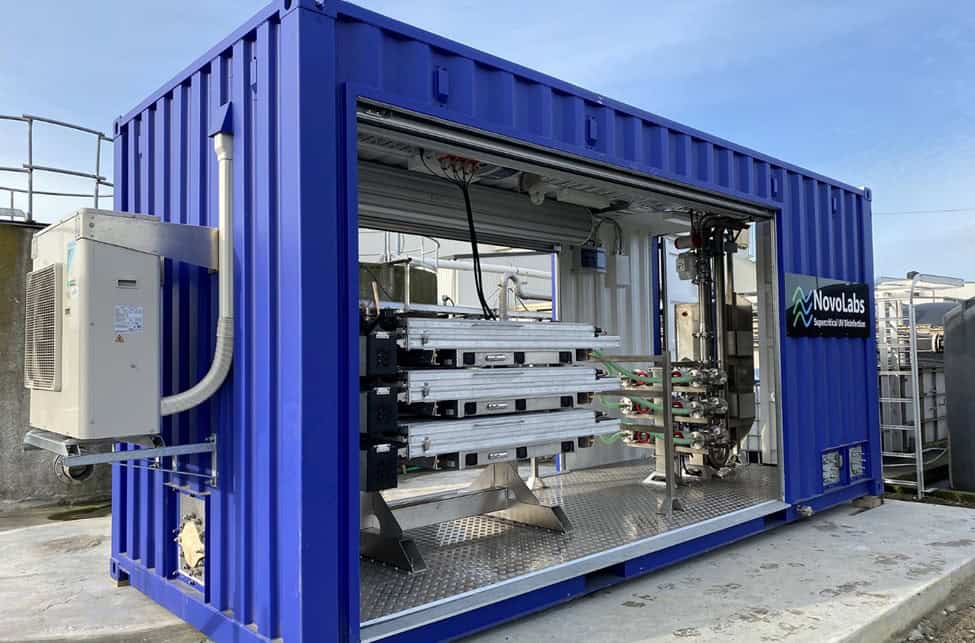
NTRO Visit
I’ve often referred to Alum Sludge as the “forgotten sludge”. Countless research programs have considered reuse, regeneration and recycling methods but alas it appears difficult to make any of them economically viable. As a result, Alum Sludge is either stockpiled, sent to sewer or landfill.
Goulburn Valley Water however had another idea. Could it be turned into road base? Not only is the answer yes, Alum Sludge would appear to have some better properties than the currently used road base binders.
Thanks to Rodrigo Marquina at GVW, IWN recently visited the National Transport Research Organisation in Port Melbourne. It was a very impressive facility and I will never look at a road in the same way again. They have an extensive research program to assess the use of recycled materials in all aspects of road construction. NTRO are very interested in the use of alum sludge and biochar for increasing the strength and durability of current road base formulations.
IWN will be establishing a project over the coming months with NTRO to investigate the possibilities.
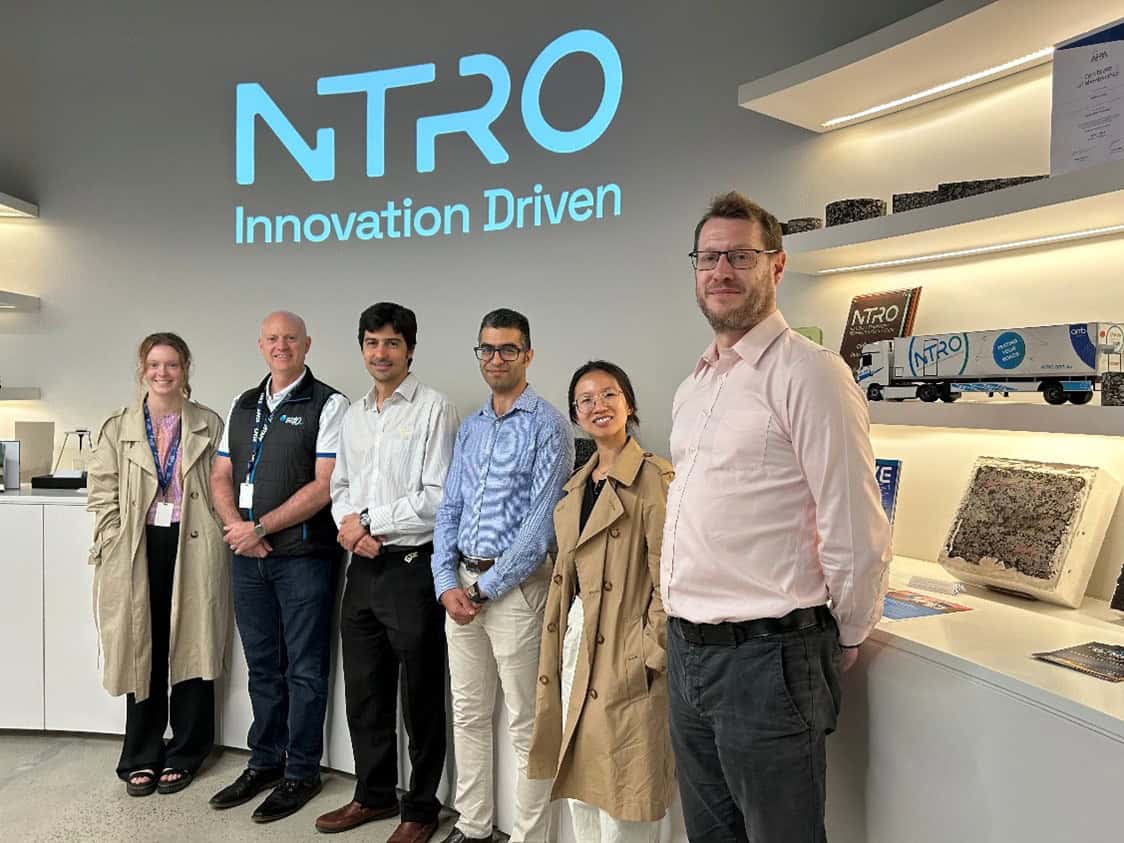
Launch of Recycled Materials database
The use of recycled products and more sustainable materials in water utility infrastructure can reduce embodied emissions and lower the impact on the environment.
Victoria’s water sector is at the forefront of advancing circular economy initiatives, integrating approaches across water, waste, energy and infrastructure. There are further opportunities for the water sector to reduce environmental impact through the increased use of more sustainable and recycled products in water utility infrastructure.
For the past 12 months or so, a project funded by the Department of Energy, Environment and Climate Action (DEECA), with VicWater (Stuart Craven), Yarra Valley Water (Lisa Ehrenfried, lisa.ehrenfried@yvw.com.au), North East Water (Jill Fagan, Jfagan@newater.com.au) and Barwon Water (Hayley Vinden, Hayley.vinden@barwonwater.vic.gov.au) sought to establish a way that would support greater uptake of recycled product by the water sector. This project aimed to:
- Develop a recycled products and materials database for water infrastructure
- Undertake a market sounding for high potential products to understand market barriers and opportunities for the use of these products in water infrastructure
- Make recommendations on sustainable procurement indicators to measure progress of using recycled materials.
The projects key findings were that:
- Recycled products are available for use in projects, and most of them are local in Victoria
- Recycled plastic pipes, aggregates and sand have the greatest potential for uptake now
- Ancillary equipment and premix concrete are also exciting opportunities
- The barriers to uptake of new products are not insurmountable.
The ‘Victorian Water Sector Recycled Products Report’ and the database of recycled products that were identified in the study are now available on the VicWater website at https://vicwater.org.au/member_program_publications/
Please get in touch with Lisa, Jill or Hayley for further information or if you have additional products that should be considered for inclusion in the spreadsheet.
Wastewater Scope 1 Emissions Report
In case you missed it, the WaterRA Wastewater Scope 1 Emissions Report has been released. The report compiled by the University of Queensland was a collaboration between WaterRA, IWN and a number of water authorities from across the country. The report identifies the sources and pathways and influencing factors of N₂O, CH₄, and CO₂ emissions, the current guidelines for reporting S1 emissions, results of existing full-scale monitoring and quantification studies as well as strategies to mitigate S1 emissions. IWN Members can obtain a copy by emailing us at enquiries@iwn.org.au.
March 2025
WaterRA Wastewater Scope 1 Emissions Report
Last month, the State of Knowledge Assessment of Scope 1 Emissions from Sewage Treatment Plants project was completed. The project was a collaboration between WaterRA, IWN and a number of water authorities from across the country. This comprehensive report, compiled by the University of Queensland includes:
- The sources and pathways and influencing factors of N₂O, CH₄, and CO₂ emissions
- The current guidelines for reporting S1 emissions
- The results of existing full-scale monitoring and quantification studies and
- Strategies to mitigate S1 emissions.
IWN Members can access a copy by emailing us at enquiries@iwn.org.au or if your organisation is a WaterRA member, from the members section of the WaterRA website.
Pressure Transients
We’ve recently concluded the 3rd Proof of Concept trial of the SpiralData Pressure Transient technology at SE Water. This final POC put the algorithm on the sensor so that only the anomalous data was sent to the cloud. It was a tremendous success. Please drop us a line if you’d like a copy of the trial reports. SE Water are now undertaking a 12 month pilot and Greater Western Water are trialing the technology in 6 locations in its network.
Advanced Grey Water Recycling Trial update
Some big developments have been happening in the IWN Advanced Grey Water Recycling trial! The team have purchased the “Hydraloop” Units and they are being shipped from Europe and will arrive in Victoria in late March. Hydraloop is a new smart water saving technology that treats and recycles shower and basin water for toilet flushing and other purposes; an incredibly relevant trial as dry conditions persist. Barwon Water, GWW, and SEW have all been actively inspecting suitable site locations. Barwon Water has identified four potential locations at the Torquay, Portarlington, and Barwon Heads caravan parks. The Gordon Tafe will also be a site for installation where trade students access for training and development, and testing. GWW are looking closely at residential demonstration site. Installation at these sites is being planned for April – June. Please contact Sandra Brady at Barwon Water for more information (sandra.brady@barwonwater.vic.gov.au).
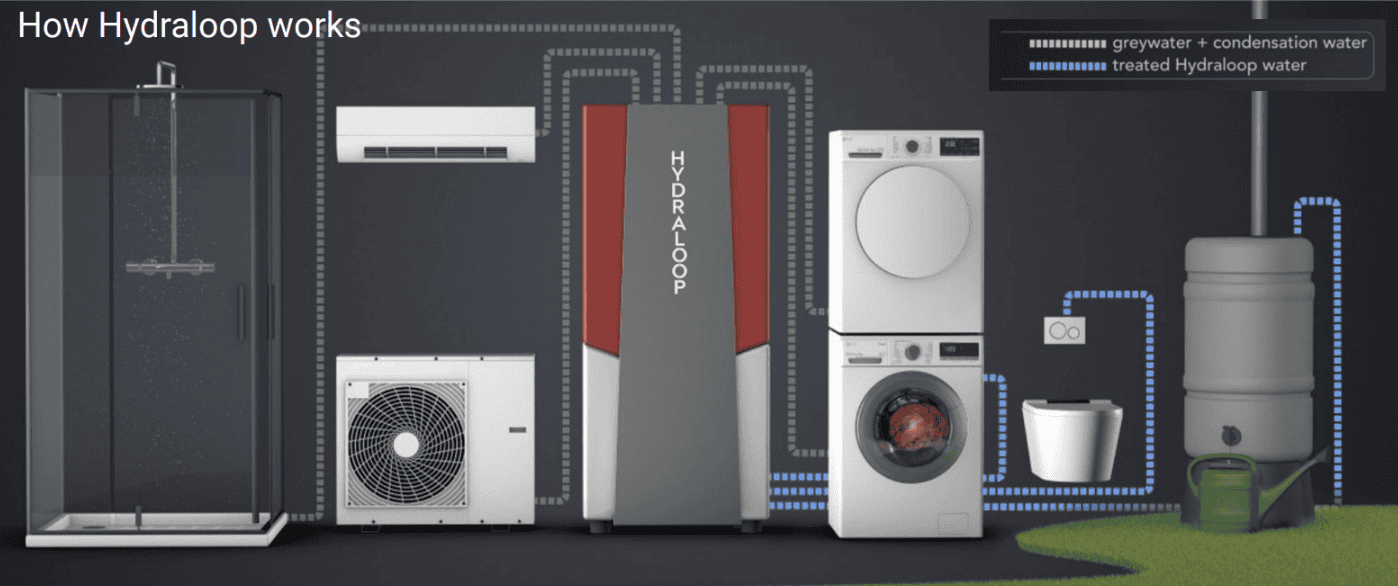
Biosolids to Biochar
Pyroco
The RMIT Pyroco MK2 pilot plant at Greater Western Water has been recommissioned and is now processing biosolids from 4 Victorian Water Corporations and 5 interstate authorities. This latest series of trials will process some higher PFAS content biosolids, map PFAS destruction through the process, evaluate the biochar characteristics from varying feedstocks and generate larger quantities of biochar for applications research with CRC Soils.
Removal of PFAS from recycled water utilising ozone nanobubbles and GAC
IWN recently entered into an agreement with Monash University to investigate the removal of PFAS from recycled water and other source waters using Ozone nanobubbles and granular activated carbon. The collaboration partners in this project span the globe, giving IWN members access to thought and technology leaders that are actively working on solving this emerging issue. Early indications show that the Ozone nanobubbles attract and hold onto PFAS molecules which are then transferred to the GAC through a packed column. The GAC is then pyrolyzed to regenerate it and destroy the PFAS.
We are actively looking for a trial site to commence a trial later this year. Please drop me a line at Jason.cotton@iwn.org.au if you’d like to explore a trial of this technology.
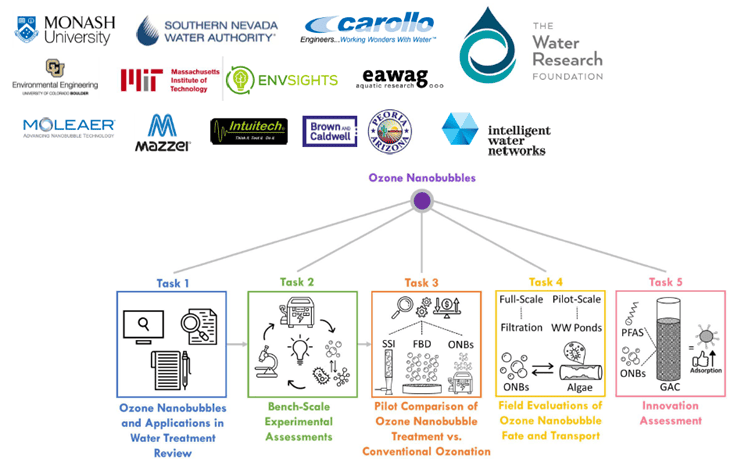
PFAS – Where did you go?
IWN has been trialling pyrolysis technology for a number of years now. There is little doubt that PFAS is removed from biosolids during pyrolysis and does not appear in any of the phases or outputs we have tested. So that begs the question, what happens to it?
IWN, WaterRA and Eurofins have established a project to investigate the fate of PFAS through the pyrolysis of biosolids. WaterRA have prepared a project brief and is looking for Water Authorities from across Australia to join the project. For a copy of the Project Brief – RFF26, please contact Vincent Bianchini at WaterRA at Vincent.Bianchini@waterra.com.au.
IWN – emissions software pilot project
Westernport Water has identified an improvement opportunity to further enhance emissions reporting by trialling an emissions reporting tool to improve the accuracy of the data collected and efficiency of the reporting process. Small water authorities such as WPW don’t have the scale or resources to build, implement and maintain an internally developed system. The 12-month trial will test basic functionality of the emissions software, with a particular focus on its suitability for smaller regional water corporations and future additional emissions reporting requirements.
IWN and Westernport Water invite the involvement of other water sector SMEs to form a Project Reference Group (PRG) for regular updates and act as a think-tank for the trial. Expressions of interest can be sent to zgeyer@westernportwater.com.au or jason.cotton@iwn.org.au. The trial will also be presented at the IWA ‘Energy and Greenhouse’ Special Interest Group on 20th March 2025.
Enzyme based lagoon desludging
Desludging lagoons is expensive and disruptive to treatment processes. But, there may be an elegant alternative. At the WIOA Conference last year, Simon Robertson from NE Water came across an enzyme-based process that essentially eats sludge blankets in lagoons. Simon entered the idea to the IWN trial competition and we agreed to investigate it further.
After establishing the background conditions of the target lagoon in Benalla, we commenced the trial last week. We will update you on the results as they come to hand.
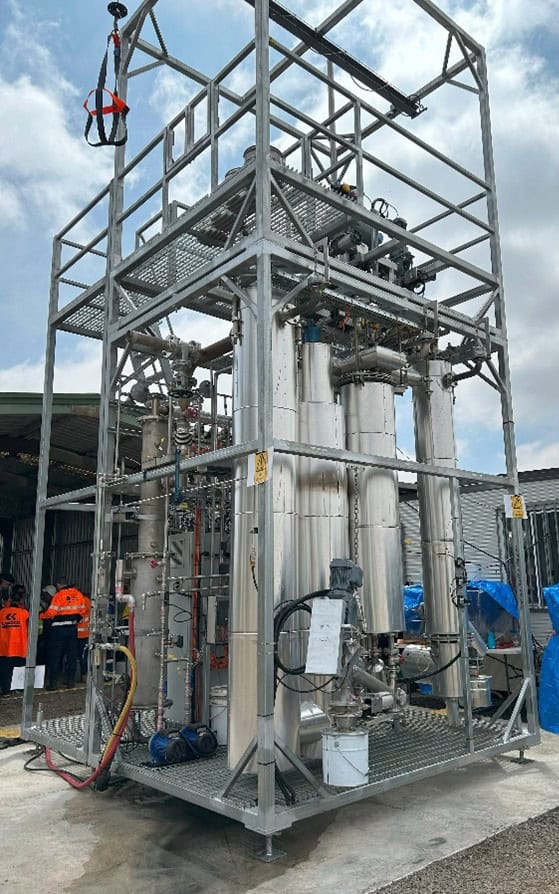
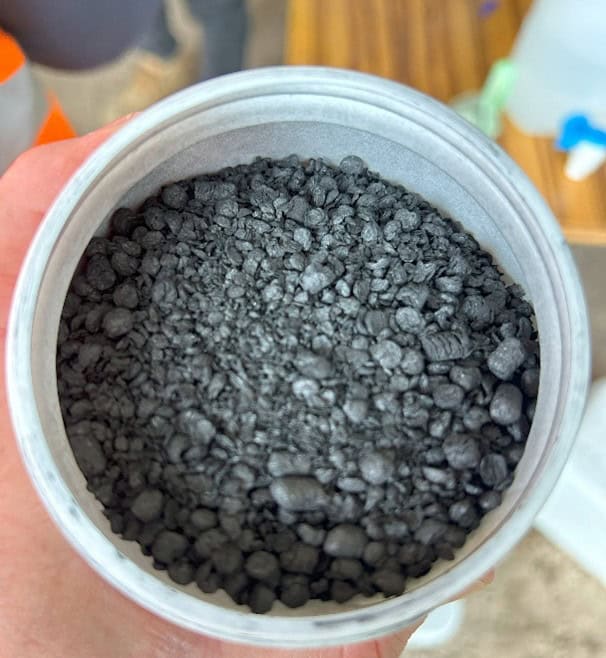
Earth Systems
The first phase of the Earth Systems Pyrolysis trials with North East Water, Gippsland Water and City of Wangaratta has been completed successfully. The trial used a blended biosolids and municipal organics feedstock and showed categorically the destruction of PFAS and other contaminants, energy neutral operation and the steady production of a quality biochar. North East Water has endorsed the second phase trial – a scale up to 1000kg/hr.

